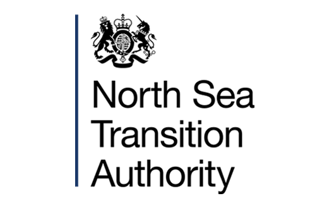
Petroleum licences fall into several categories. The principal distinctions are between onshore and offshore; exploration licences contemplate seismic acquisition and shallow drilling whilst production licences confer exclusive rights for exploration and development/production within a defined area.
Legislative context
The Petroleum Act 1998 (the "Act") vests all rights to petroleum in the Crown, including the rights to search for, bore for and get it. It empowers the NSTA to grant licences to search for and bore for and get petroleum to such persons as they see fit. The Act also deals with submarine pipelines and the abandonment of offshore installations.
The Act requires model clauses to be laid in secondary legislation, which are then incorporated into new licences (except in particular cases). Existing licences are not affected by the issue of subsequent sets of model clauses (except through specifically retrospective measures such as were present in the Act). It is the responsibility of every licensee to be aware of all regulatory controls, including the model clauses, and to comply with them.
Requirements relating to the licensing aspects are implemented through the Hydrocarbon Licensing Directive Regulations 1995
Requirements relating to licensing aspects are implemented through the Offshore Petroleum Licensing (Offshore Safety Directive) Regulations 2015 (The "Regulations")
For the purposes of the Regulations, the NSTA is the Licensing Authority, and DESNZ and HSE together constitute the Competent Authority.
For further information on the Competent Authority role please visit Offshore Major Accidents Regulator (OMAR) page for further information.
Geography
The NSTA’s licensing system covers oil and gas within Great Britain, its territorial sea and on the UK Continental Shelf (UKCS).
The designated area of the UKCS has been refined over the years by a series of designations under the Continental Shelf Act 1964 following the conclusion of boundary agreements with neighbouring states. This includes the Scottish Adjacent Waters Boundaries Order 1999 (No. 1126), which implements an agreement reached with the Faroe Islands.
View further guidance on offshore co-ordinates.
View further guidance on onshore co-ordinates.
Northern Ireland
Northern Ireland’s offshore waters are subject to the same licensing system as the rest of the UKCS. Northern Ireland issues its own licences to cover its onshore area independently of the NSTA.
Isle of Man
The Department of Economic Development issues licences for its own onshore area and territorial waters.




